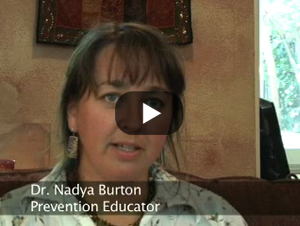Bullying, like other forms of assault, is about power: loss of personal power, power imbalance, and abuse of power.
Young people’s vulnerability to bullying is increased when they lack information and skills, feel powerless, are isolated. Effective bullying prevention strategies focus on empowerment as a way to reduce students’ vulnerability: giving them realistic and practical information; building their skills; increasing their options; and ensuring that they have access to supportive peer, adult and community resources. Empowering strategies focus on providing tools, rather than imposing rules. They build children’s and teens’ confidence and self-esteem.
Adults facilitate empowerment when they:
- focus on what children and teens can do, rather than on what they can’t do (or should do, or shouldn’t do);
- believe in children’s and teens’ abilities and communicate your confidence in them;
- take children’s and teens’ experiences and feelings seriously;
- talk to children and teens about their rights (for example, the right to be safe, strong and free) and their responsibility to respect other’s rights.
Minimizing young people’s experiences or underestimating their ability to solve problems and take initiative must be avoided, as it will negatively impact their belief that they can get help to resolve a bullying situation. Bullying prevention is simply not possible without the involvement and full participation of children and teens.
